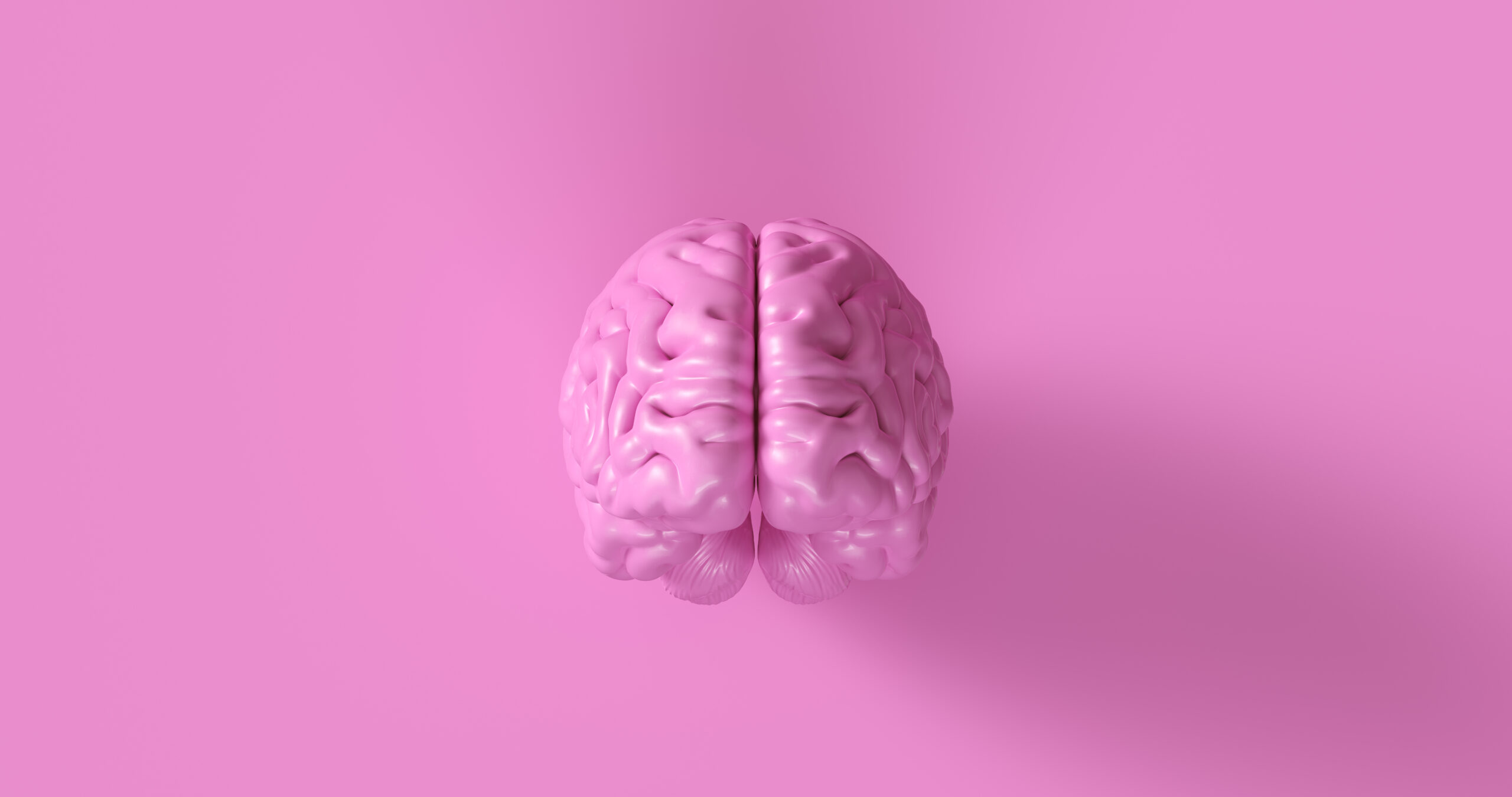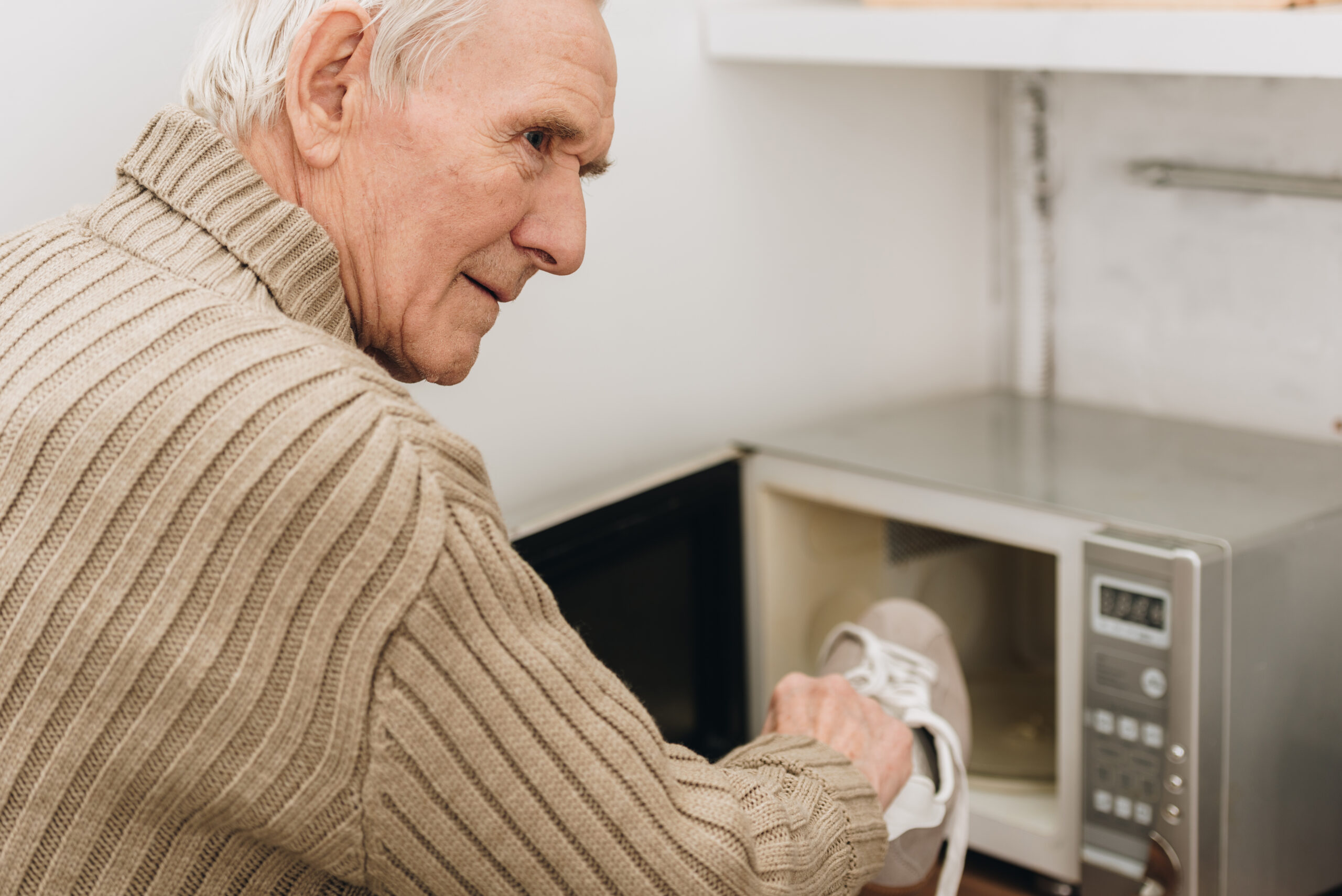Why do some people get age spots and others don’t
Age spots, also known as sun spots or solar lentigines, are those flat brown spots that appear on the skin, particularly in areas that get a lot of sun exposure, like the face, hands, and arms. They’re not harmful, but they can affect how your skin looks, especially as you get older. So, why do some people get these spots and others don’t?
The main reason for age spots is the way your skin reacts to sunlight. When your skin is exposed to ultraviolet (UV) light, it produces more melanin, the pigment that gives your skin its color. This extra melanin can clump together in certain areas, creating darker spots. It’s like your skin is trying to protect itself from the sun by producing more pigment, but it doesn’t always do it evenly.
Some people are more likely to get age spots because they spend more time in the sun without proper protection. This can be due to their lifestyle, like working outdoors or enjoying outdoor activities. Even if you don’t get sunburned, every bit of sun exposure adds up over time and can lead to these spots.
Age also plays a role. As you get older, your skin becomes less efficient at repairing itself and shedding old cells. This means that any damage from the sun can accumulate and show up as dark spots. Younger people can get age spots too, especially if they spend a lot of time in the sun.
Genetics can also influence whether you get age spots. Some people might be more prone to them because of their family history. Additionally, hormonal changes, like those during pregnancy or menopause, can affect skin pigmentation and lead to similar dark patches, though these are not exactly age spots.
In summary, age spots are more common in people who have had a lot of sun exposure over their lifetime, are older, or have a genetic predisposition. While they’re not a health risk, they can affect how your skin looks, and there are treatments available if you want to reduce their appearance.





